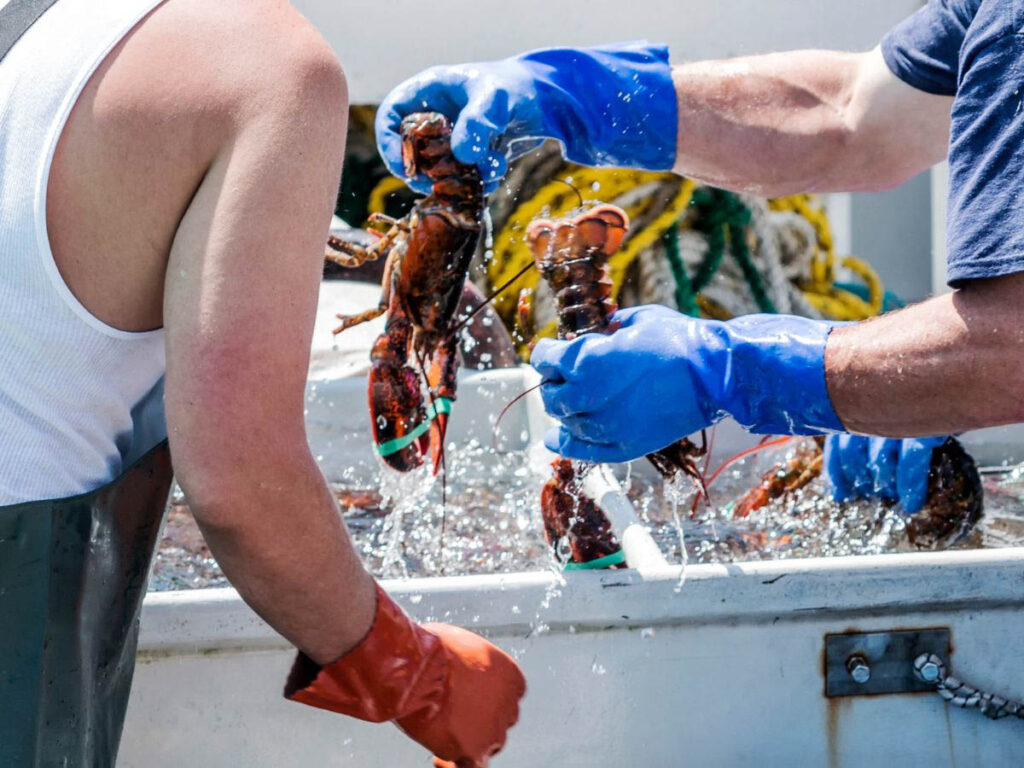Lobstering, by definition, is the art of catching or hunting lobster in the ocean. While some put on scuba gear and dive for this crustacean, others utilize equipment on board a vessel. If you’re new to lobstering on a boat, you need the right equipment to succeed. Use our list of gear to ensure you have everything you need.
Regulations for Lobstering
It’s important to have a conversation about the legality of lobstering before we dive into the type of equipment you might use. If you’re lobstering recreationally, you can do so from a recreational vessel in federal waters without a permit. However, these regulations only allow six lobsters per person on board the boat in a single day.
Additionally, you cannot barter, sell, or trade the crustaceans you catch. We recommend checking in with your state’s local laws for more information on lobstering in your area.
A Fishing or Lobster Boat
Traditionally, the boat you would use for lobstering is much narrower than recreational powerboats. The hull can quickly flatten, providing better speed for multiple turns and stops at traps while stabilizing the vessel. Your boat must also be large enough to store and use the appropriate gear to find and catch lobster.
Traps or Bully Netting
The type of equipment you need for lobstering depends on the location and where you plan to find the lobster. If you plan on reaching the ocean floor at higher depths, you will need traps you can set and return to. However, if you’re in shallower water, you can use a bully net to catch spiny lobster. If you’re lobstering recreationally, we recommend using the bully net method in legal locations, like the Florida Keys.
A Bait Bag
A bait bag is a nylon mesh material that carries your lobstering bait. Typically, herring is the bait of choice, but when this isn’t available, you can use cod, bluefish, or mackerel. You will need enough bait for the number of traps you plan to set, so ensure you have enough on board your boat before leaving shore.
A Banding Tool
The banding tool is necessary to bind the lobster’s claws together. After catching the lobster, you must bind their claws so they cannot pinch each other in the holding tanks or the person handling the crustacean. Having the tool on hand makes this process much quicker.
Gauge and V-Notch Tools
When you go lobstering, you cannot keep everything you catch. Some lobsters might not meet the regulations for a legal catch, and you must throw them back in the ocean. Some lobsters are egg-bearing females and must be in the ocean to conserve brood stock; keeping this lobster is highly illegal. The gauge can help you measure the crustacean, and the v-notch tool allows you to cut out a V shape in the tailfin so other fishers can easily identify female lobsters.
You must have suitable equipment on board your vessel before harvesting lobster. Finding and catching the crustacean without this gear would be very difficult. The better you prepare for this trip to the ocean, the more success you will find!






